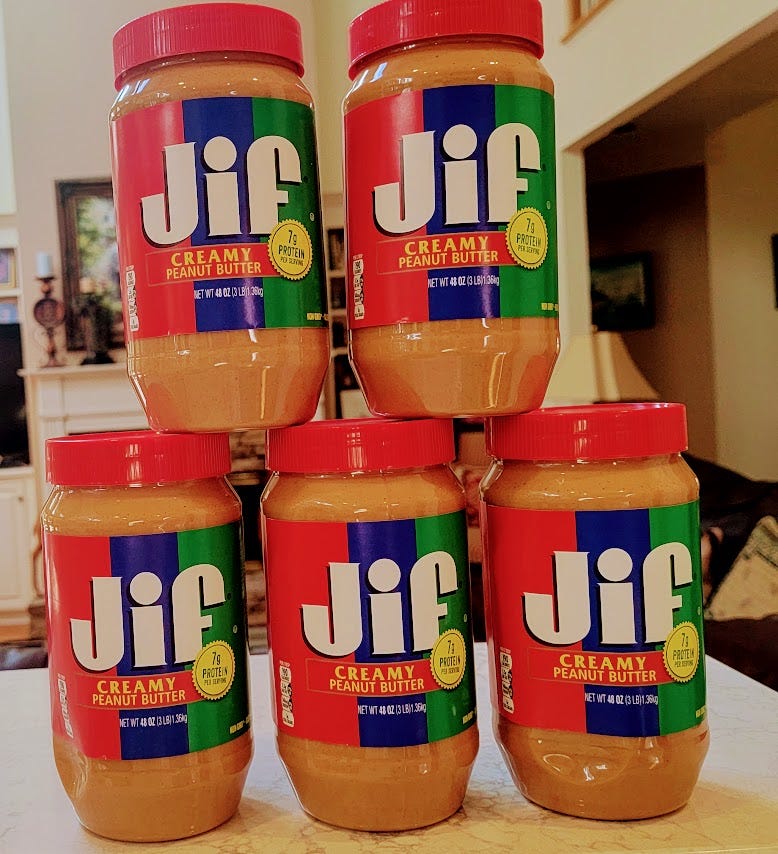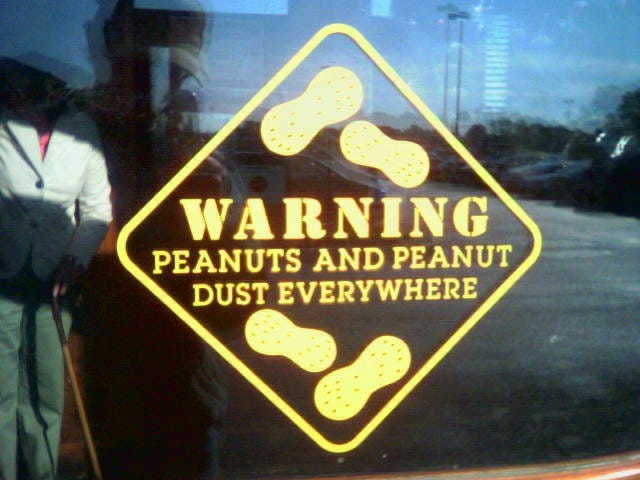Understanding the Rise of Peanut Allergies in Today's Society
Written on
Chapter 1: A Shift in Peanut Perception
Peanuts were once celebrated as a nutritious food source. Can we restore their reputation?

In my school days, peanut butter sandwiches were a cafeteria staple, generously spread between two slices of bread, offering what felt like a complete protein meal. However, the landscape has transformed dramatically since then.
Fast forward to a recent cookie exchange I attended, where twenty women brought three dozen cookies each, categorizing them into those with nuts and those without.
The nut-containing cookies were set aside in a separate room, and we eagerly filled our boxes with treats from both tables, believing it was a successful gathering.

However, three hours later, panic ensued as one of the mothers sent out a frantic email, concerned about the potential presence of nuts in the cookies.
“I recall those cookies were on the same table as the peanut ones,” I replied, to which the baker confirmed, “Yes, they contain nuts. I sincerely hope your daughter is alright!”
The mother reassured us, “Not to worry! She hasn’t eaten any yet!” This incident highlighted how dramatically our perceptions of food allergies have evolved.
In my school years, peanut allergies were virtually unheard of. We learned about George Washington Carver, a remarkable scientist credited with over 300 uses for peanuts. His 1916 publication, “How to Grow the Peanut and 105 Ways of Preparing it For Human Consumption,” made him a celebrated figure in our educational narratives.

Peanut butter has a long history, with origins dating back to the ancient Incas and Aztecs, who created a paste from roasted peanuts. It gained popularity during the St. Louis World’s Fair in 1904 and became a vital part of military rations in both World Wars, arguably saving countless lives.
Dr. Mark Manary, the founder of Project Peanut Butter, discovered an innovative method to treat malnutrition in Malawi by providing a fortified peanut butter mix. Clinical trials from 2000 to 2004 showed that nearly 95% of malnourished children improved after this treatment, compared to a mere 25% to 40% recovery rate with conventional methods.
Yet, despite the numerous health benefits associated with peanuts, the prevalence of peanut allergies is surging.
Dr. Scott Sicherer from the Jaffe Food Allergy Institute at Mount Sinai Hospital describes this surge as nearly epidemic. The consequences can be dire, as illustrated by the heartbreaking case of fifteen-year-old Alexi Ryann Stafford, who suffered a fatal allergic reaction after unknowingly consuming a cookie containing peanuts.

Tragically, Alexi's story is not isolated. Natalie Giorgi, a thirteen-year-old, also lost her life after a severe allergic reaction to peanut butter during a family vacation.
Peanuts have emerged as one of the leading causes of anaphylaxis, a severe allergic reaction that can affect multiple organ systems and prove fatal.

The National Institutes of Health estimate that there are between 15,000 and 30,000 cases of food-induced anaphylaxis annually, resulting in 100 to 200 deaths in the United States. Consequently, peanuts have been replaced with pretzels on airplanes, and many schools have banned them altogether.
Chapter 2: Exploring the Causes of Increased Allergies
So, why is the incidence of peanut allergies escalating? Medical experts have proposed several theories.
One suggestion points to declining vitamin D levels in the population, which may correlate with the rise in allergies. Another theory suggests that improved hygiene practices have reduced childhood infections. A BBC report indicates that parasitic infections, which our immune systems typically combat, may prevent allergies from developing.
Additionally, a recent study indicated that the dry-roasting process of peanuts might introduce harmful compounds, leading to increased allergy risks in laboratory mice.
While numerous hypotheses exist, conclusive explanations remain elusive.
Is There Hope for Prevention?
Due to the severity of peanut allergies, experts recommend that individuals with these allergies strictly avoid peanuts and carry an epinephrine auto-injector (EpiPen) for emergencies.
However, promising research is underway. A study published in the New England Journal of Medicine revealed that introducing peanuts to infants at high risk for allergies might lower their chances of developing an intolerance.
Introducing peanut products to infants as early as four to six months old could potentially mitigate risks, but this should be approached with caution. Parents should consult their pediatricians if their child has previously exhibited allergic reactions to other foods before considering introducing peanut butter.
While the reasons behind the surge in peanut allergies remain unclear, early exposure could be a key to alleviating this issue. Meanwhile, research continues to uncover the paradox of how a food that has saved lives can also pose severe risks to those with extreme allergies.
The first video, "Why Are Peanut Allergies Becoming So Common?" delves into the reasons behind the rising prevalence of peanut allergies in today’s society.
The second video, "The Truth About Peanut Allergies," explores the realities of living with this dangerous allergy and the ongoing research surrounding it.